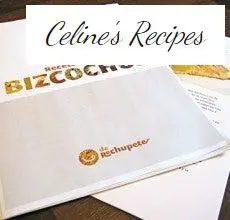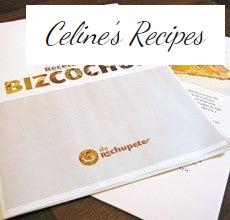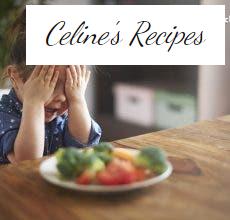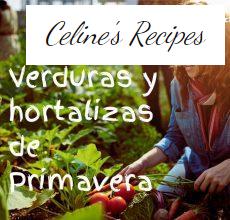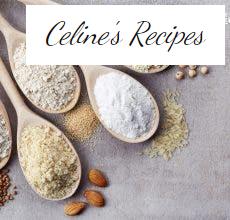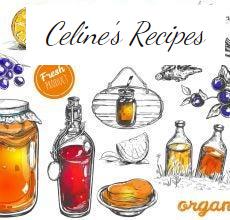Do you want to learn how to cook yummy from scratch ?
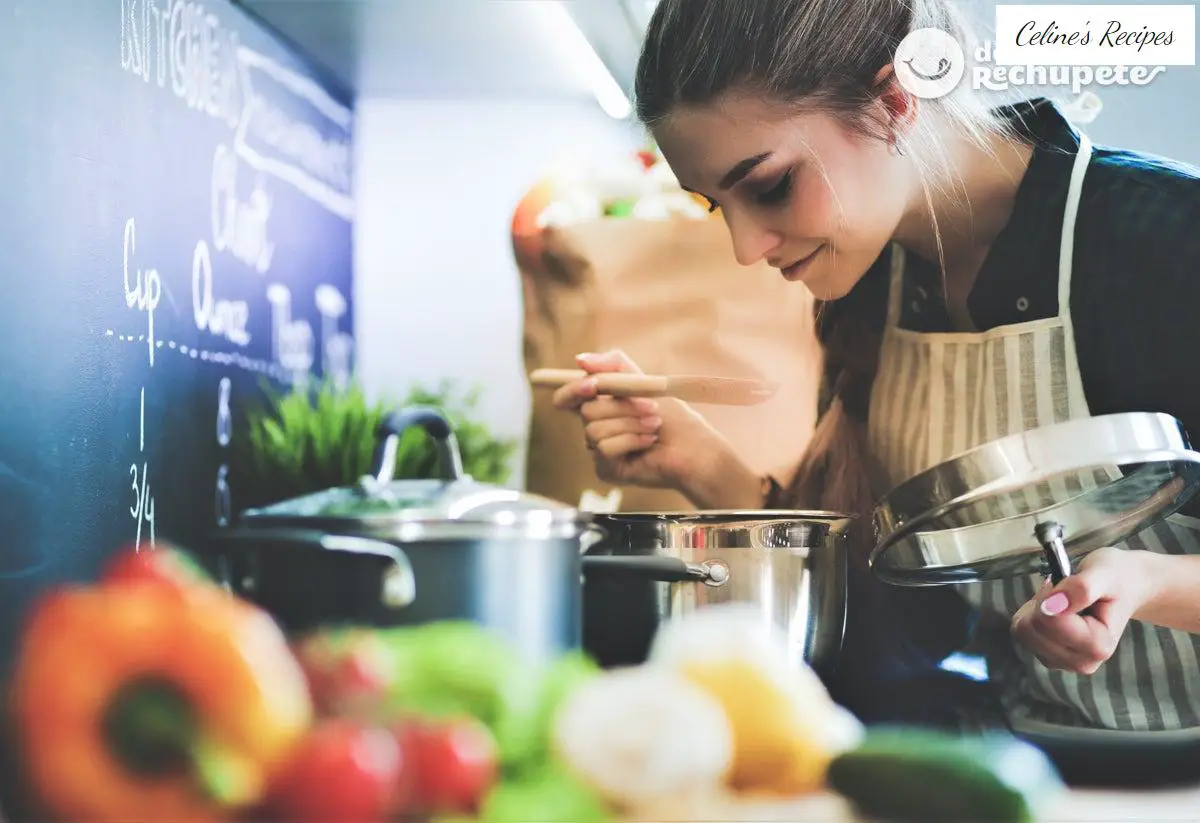
And the day comes when you decide to learn to cook. Eating is an act of survival and although it is easier to call the delivery on duty, learning to cook gives us much more than something to put in our mouths.
If you are becoming independent of who cooked until now (from your family to your ex), here begins your new chapter. The same goes for those who want to feel the satisfaction of making their own meals.
Or for whatever reason, you are going to learn something new and that, by itself, is already worth a celebration!
.instagram-follow img{width:100%;height:auto;} @media screen and (min-width: 1000px) {.instagram-follow {display:block;clear:both;float:right;width:50%;margin-left:1em;}}
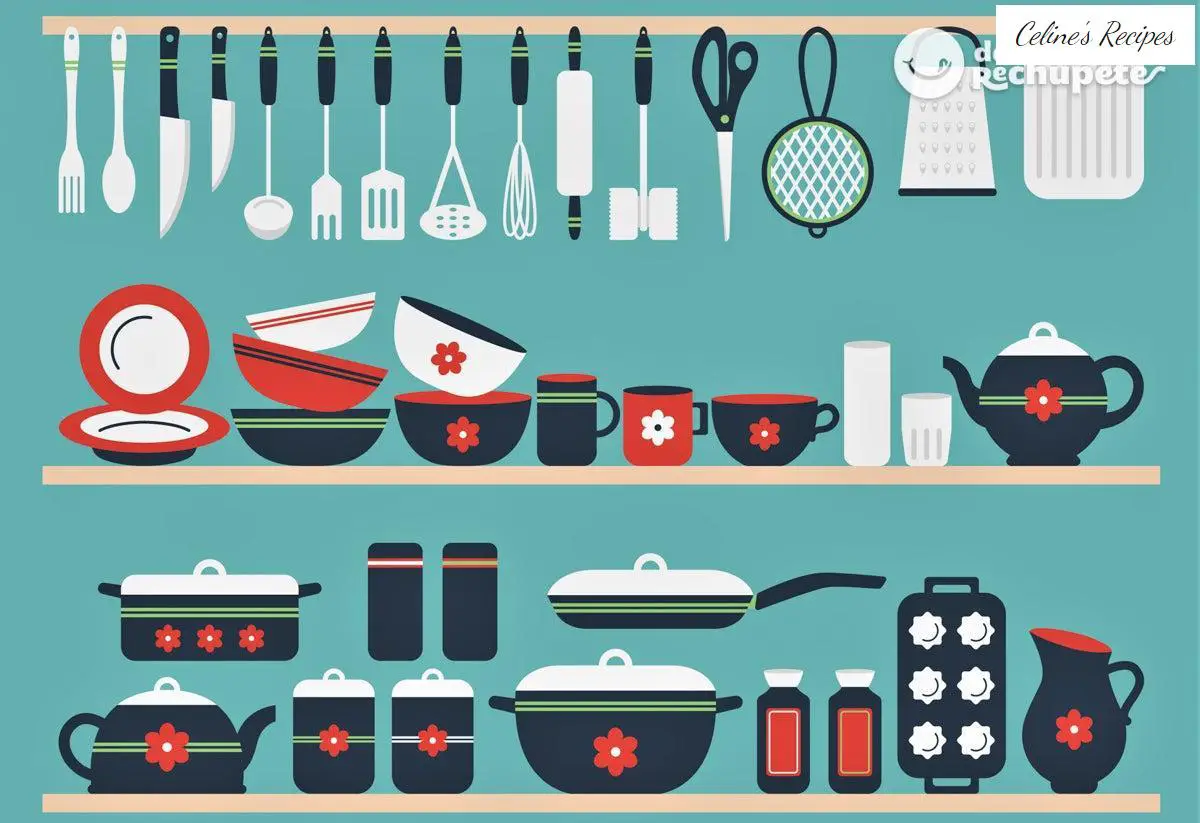
Where to start
Do not stress. There are lots of recipes and lots of very easy ones, but you will need the basic tools to get started, right? Here they go.
Your basic kit or closet to learn how to cook
- A pot or casserole with a lid .
- A frying pan . It is best to have 2 or 3 measurements, 18, 22 and 26 cm. It would be a good selection.
- A baking tray or roasting pan.
- And the doubts begin … what size? What material? As grandmothers would say: a median of each if you live alone. Great, if they are more than 3. Then you will expand your kitchenware with larger and smaller versions of each.
- If you don’t get good stainless steel, go for those with Teflon or some non-stick material. And that the base is heavy.
- Unless there is no other choice, try to buy good quality pots and pans. Your food will stick less and you can get much more out of it. And it is possible until they accompany you all your life.
- Be careful, keep in mind what type of stove you have. Not all are suitable for glass ceramic, induction or fire.
- A strainer .
- A liquid meter.
- It may not be the most basic utensil, but a kit of measuring spoons will help you in recipes that say ” one teaspoon “, “one tablespoon”, etc.
- Tuppers with covers , if you can, of various sizes. But don’t despair. Start with those who serve you to keep a portion of food. The trend is to abandon plastic and return to thermo-resistant glass tupers. They are more fragile, yes.
- Remember that there are many cans of vegetables and glass preserves that you will use throughout your life in the kitchen. So do not be overwhelmed buying thousands and thousands of tuppers. In a few weeks, you will have enough glass containers to use and recycle as well.
- Role of the oven .
- Film paper.
- Cutting board.
- Here you should learn something very basic: cross contamination. It is best to have one for meat, one for fish, one for vegetables and one for cheese or bread. Breathe There are kits of three boards of different colors that you can buy at a great price.
- What material? The flexible silicone ones will help you pour food into pots and pans more easily. Those with a small groove on their perimeter will serve to drain the liquids from meat or fish, for example.
- Size? The ones that enter your kitchen. Although the ones that are like an A4 sheet, they are very comfortable.
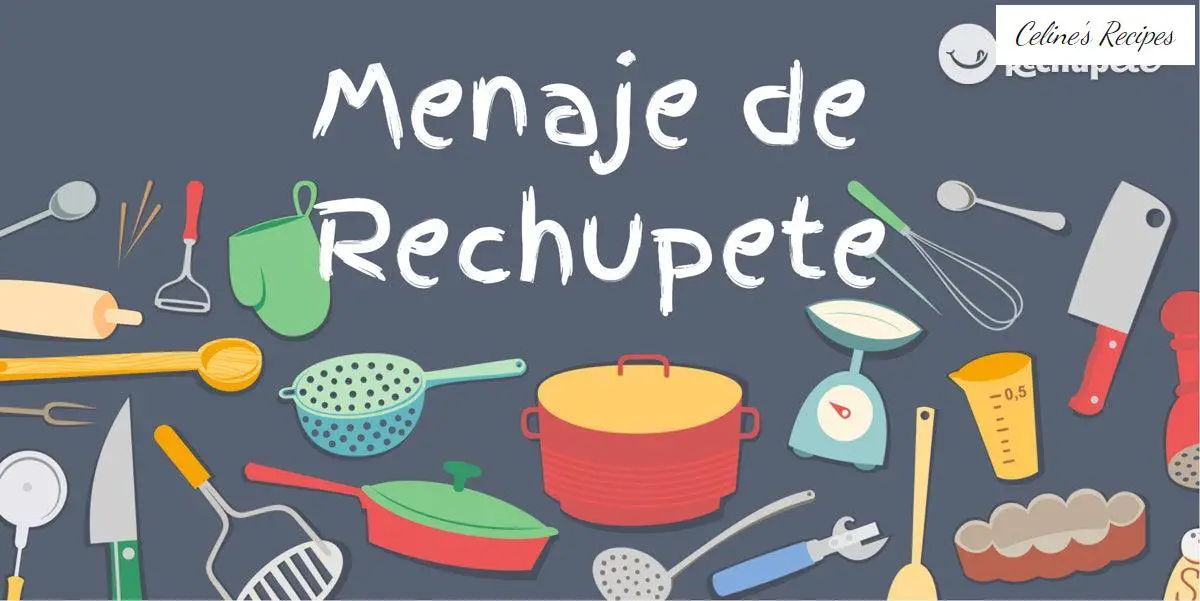
Kitchen utensils
- A sharp knife . He will be your ally. And contrary to what might seem, the sharper, the safer it will be. There are many types of cutting edge and they are all designed for a specific function. You will have time to have all kinds of knives. But start with a medium blade, that you feel comfortable in your hand.
- Ladle for serving soup.
- A spoon to stir. It can be made of wood, for example, although these absorb part of everything you cook. On the other hand, the plastic or silicone ones will help you not scratch the bottoms of your saucepans.
- A skimmer . It’s that round spoon, normally, with perforations. It will serve you to manipulate solid foods that are in a liquid. For example, in a piece of chicken from a broth or vegetables.
- A potato peeler , if you are not very skilled at peeling potatoes with a knife. And you are going to use it for many more things than you think.
- A spatula or trowel like the ones used to flip hamburgers. You will also use it both to turn food and to serve, for example, a lasagna or cannelloni.
- A whisk or electric mixer.
- Of all kitchen appliances, perhaps the basic electric mixer / mixer is the most useful, at least initially.
Basic ingredients of your kitchen
Here it will depend on your tastes or food preferences. But in general terms:
- Eggs
- Milk
- Flour
- Rice
- Pasta
- Extra virgin olive oil
- Salt
- Pepper
- Oregano
- Thyme
- Rosemary
- Sweet or smoked paprika
- Paprika or ground pepper
- Garlic, onion and peppers . Your head trio with a good sofrito . I know many kitchens that once they have these three ingredients frying, they begin to think about what they will eat.
- Potatoes
- cheese
You don’t need to buy the most expensive you can find. But yes, get good products. Especially olive oil, which is extra virgin . It is healthier, more versatile and tastier.
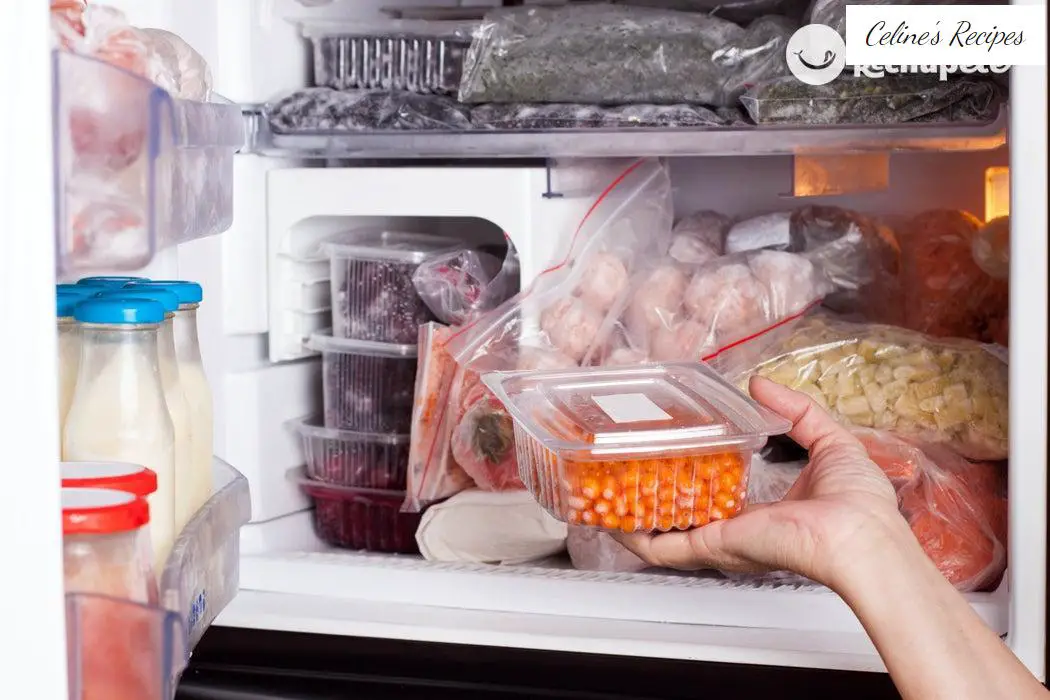
Basic kit for your first recipes. Closet ground
With this basic kit, it can be long before you get bored with your recipes.
There will always be some ingredient to buy, but if you have this at home, you can always prepare a dish.
It doesn’t hurt to have an “emergency kit” in the freezer that is made up of several frozen vegetables. Even garlic and chopped onion. If you are starting, they can be a very practical fix.
Well you already have all this at home … now we are going to learn the ABC of the most basic cooking terms.
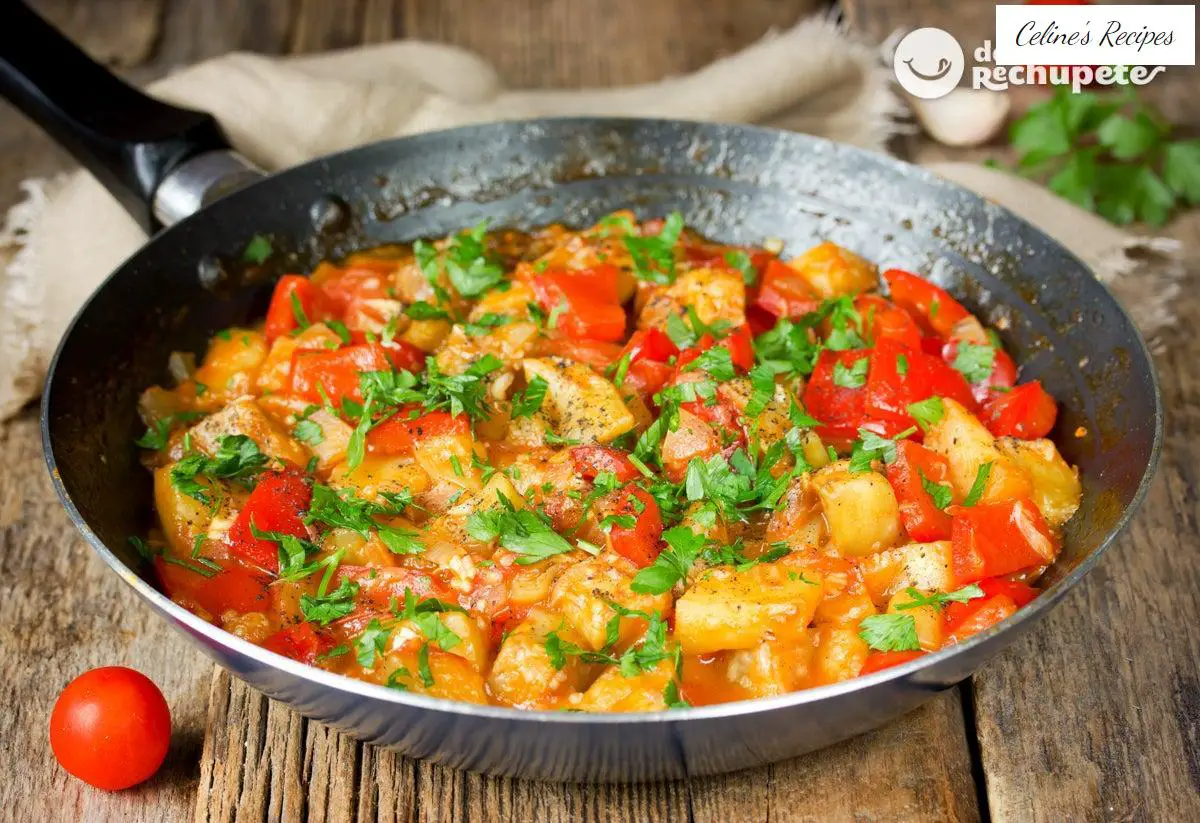
That knowing how to cook catches you red-handed
Really the secret of learning to cook is to practice and know how to season food very well. Finding a taste for flavors.
You can start by following recipes step by step, but I am also sure that before following a script to the letter, you will like to know what each type of cooking is.
Already with practice you can feel more confident to go making your own versions. Although there are dishes that you can start making even without following the recipe.
Let’s go for the most basic techniques
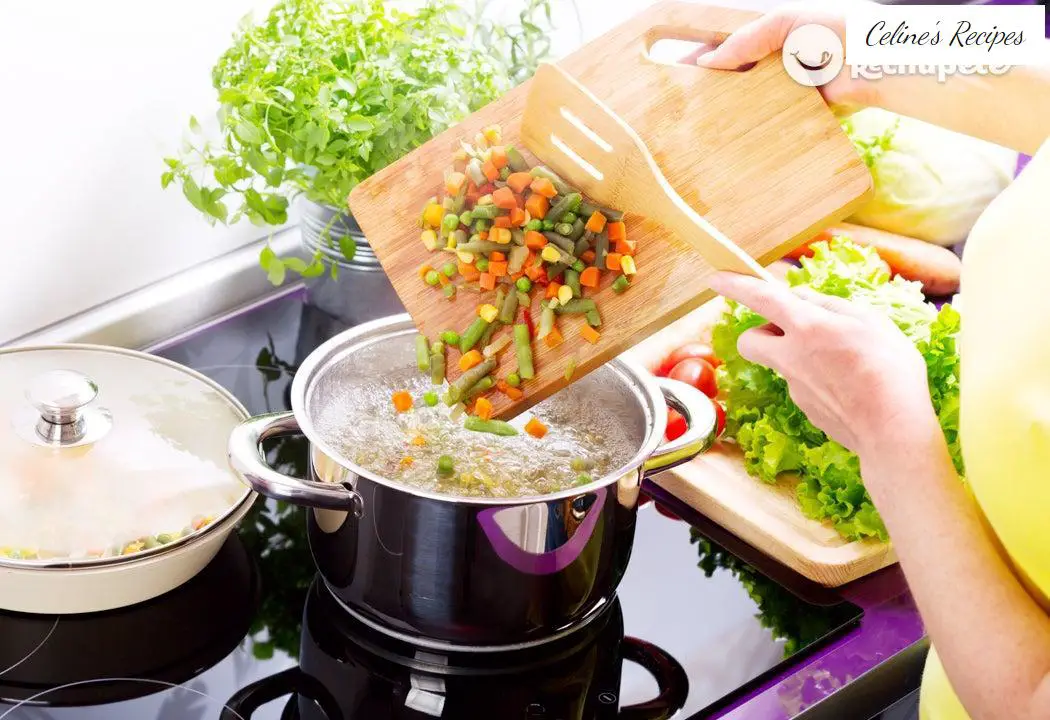
Cook
Basically it’s boiling food. You put boiling water in a pot and when making bubbles (boiling point) you add the vegetables.
What are the first basic boiled:
- Eggs
- Vegetables
- Potatoes, carrots, squash, squash, corn and sweet potatoes. Also cabbages, broccoli, etc.
- Varied pasta.
- Rice.
- Quinoa.
- Couscous.
- Meats like chicken and some fish.
- Seafood.
This technique is the beginning of a good vegetable broth, cooked and stewed, for example.
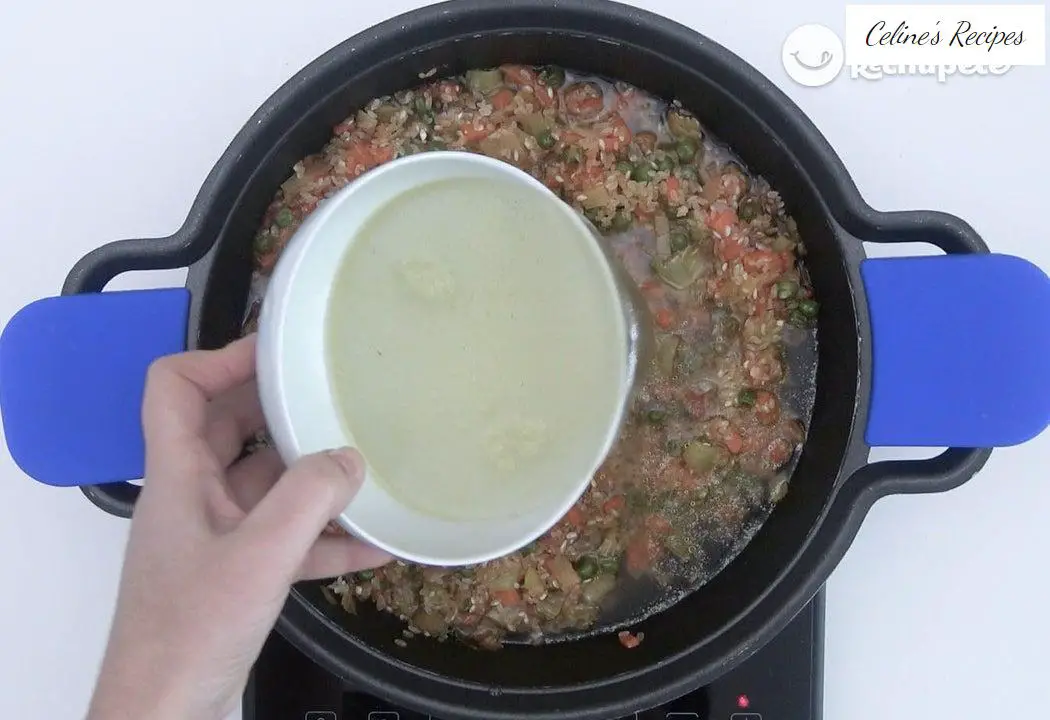
Advantages of cooking food
In a saucepan, you can mix different vegetables. Keep in mind that each one will have its cooking time. If you use frozen vegetables, the containers indicate the appropriate cooking time. The one with the rice, the quinoa and the couscous, too.
You should add a little salt to the water and when you feel more confident, you can add some aromatic herbs, such as those in your basic kit.
Disadvantages of cooking food
If you let the vegetables overcook, they fall apart.
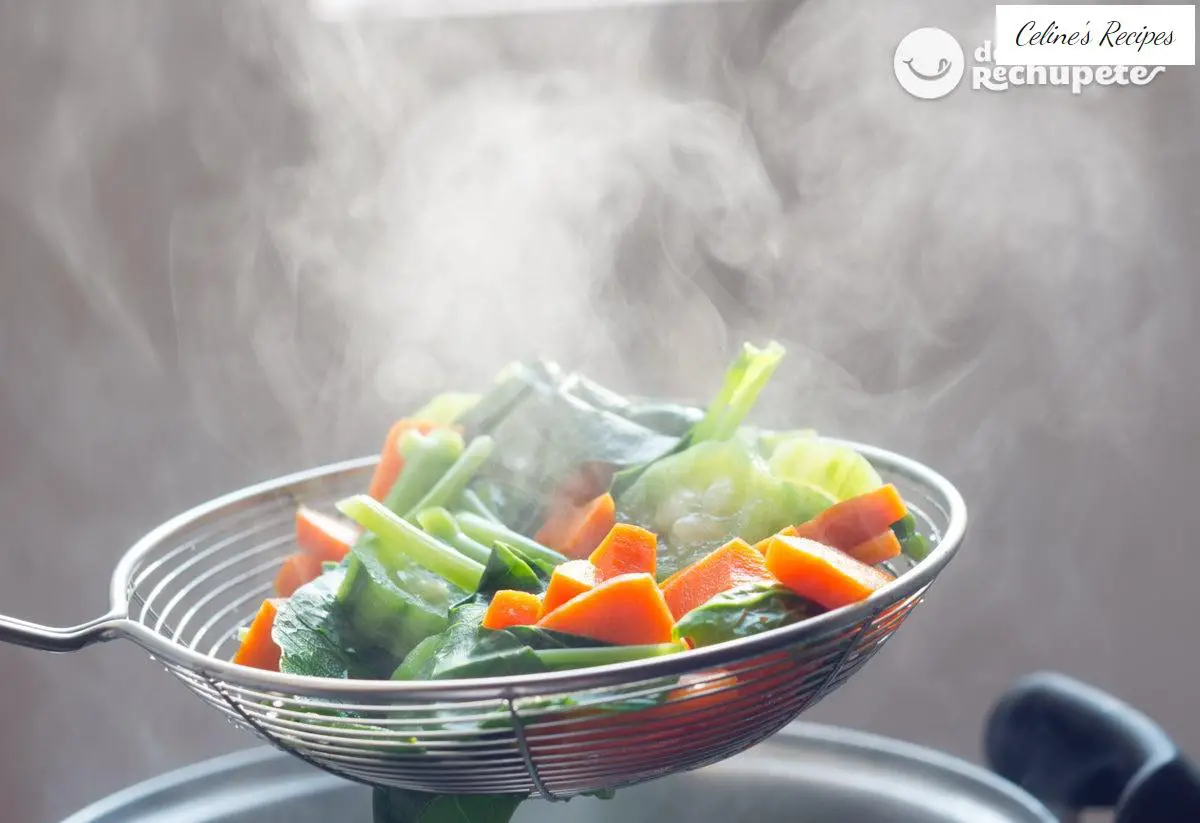
Steaming
Steam cooks food. These do not touch the water or liquid you are using, so your vegetables, fish or meat do not lose part of their flavor.
The difference between steaming or boiling food is quite large . When food is cooked in hot water, it loses some nutrients, for example. As steaming do not touch the water, the flavor, the texture even the color is more natural and more powerful.
Even when steaming fish you also gain firmness from meat. As you can see, the advantages continue.
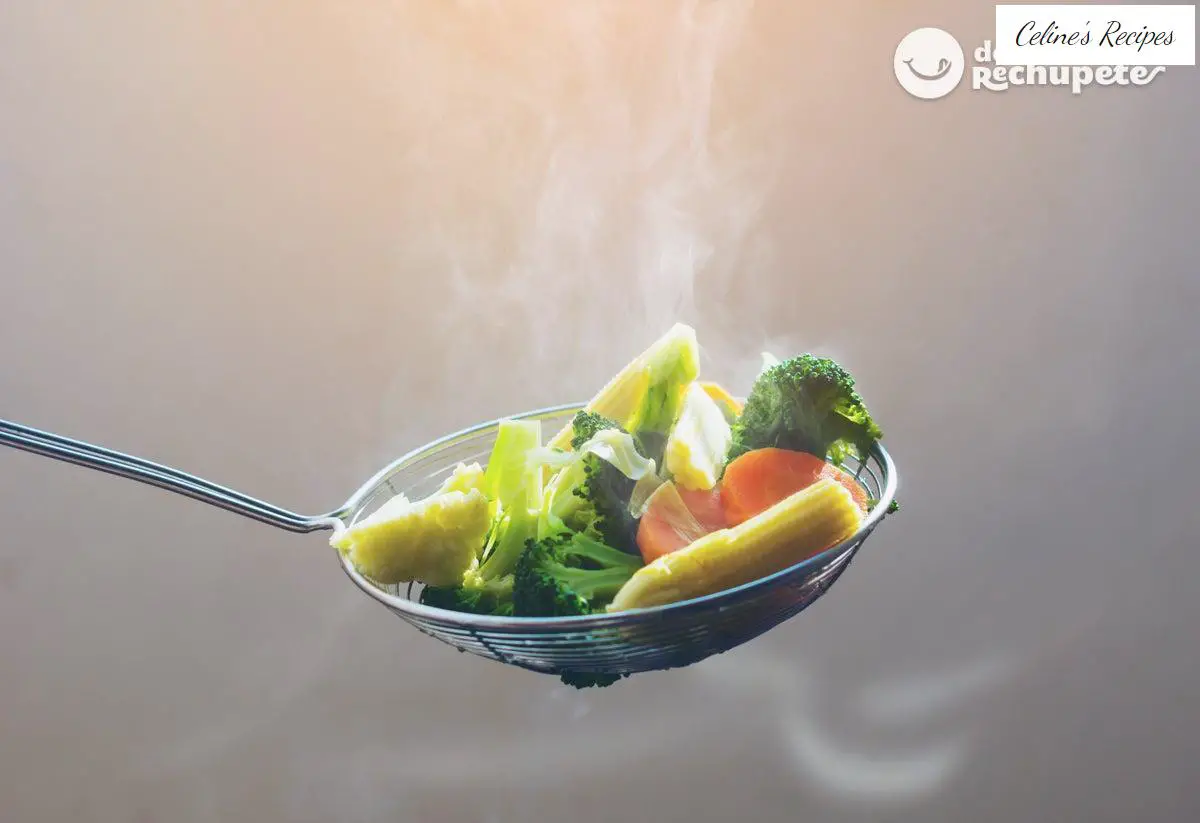
Advantages of steaming
Foods retain their nutrients better.
The only thing you really have to watch out for is that the container always has liquid in the bottom, that the food does not touch the liquid and that you do not spend cooking time. How will you know? Prick your vegetables with a fork.
Disadvantages of steaming
The meats are not browned, but they are very tender. So you can make them here and then sauté them in a pan or incorporate them into a sauce.
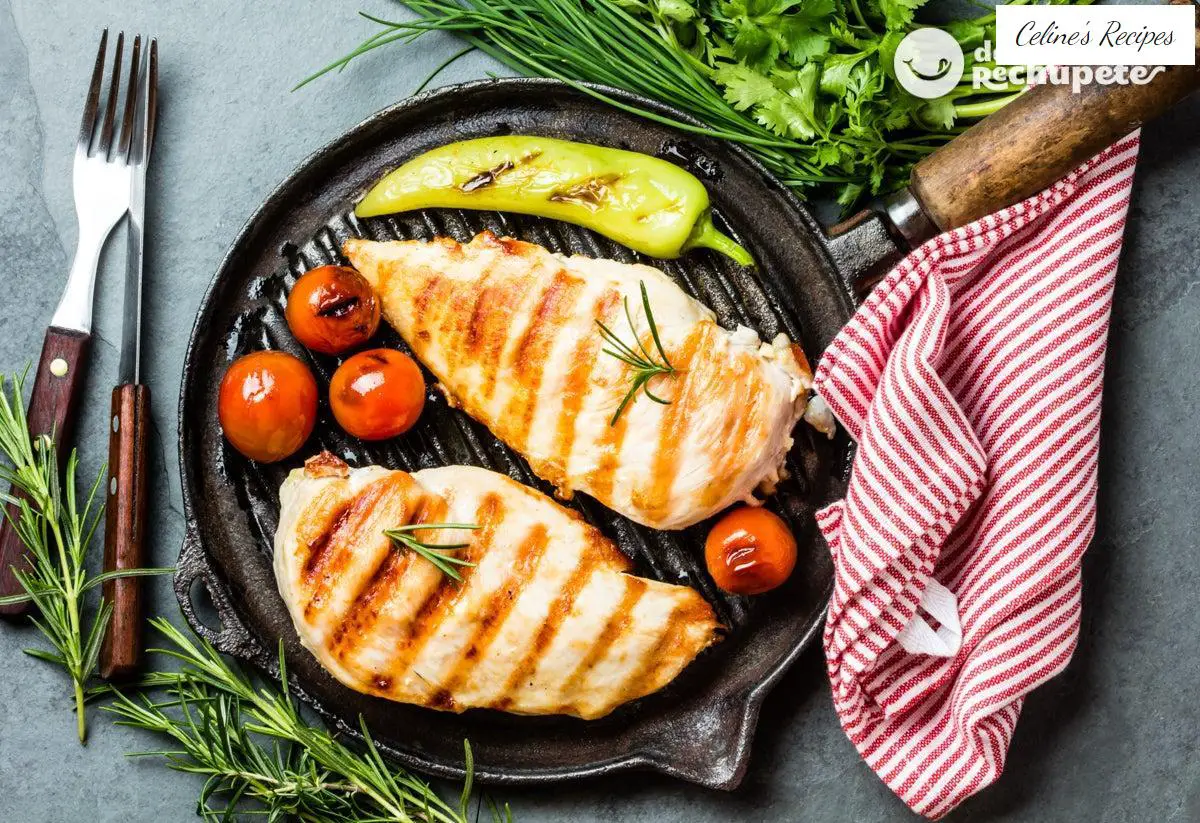
Grilled
- Another of the most basic techniques. You heat the pan or griddle , when it has reached temperature, you can add a fish fillet or meat.
- If you are not sure if your pan or griddle is non-stick, add a few drops of extra virgin olive oil. But do not overdo it, otherwise it will be fried and will be heavier.
- Meat such as a steak or grilled breasts are very useful for their easy preparation, but don’t forget that everything has to be done correctly.
- Seafood is an option, with grilled prawns being the easiest to start.
- Some grilled vegetables look great.

Advantages of grilling
You cook right away.
Disadvantages of cooking on the grill
Watch the cooking time, otherwise the food will stick or burn.
Start with steaks that are not too thick and see the point you want to get. Rotate the steak to complete cooking on the other side.
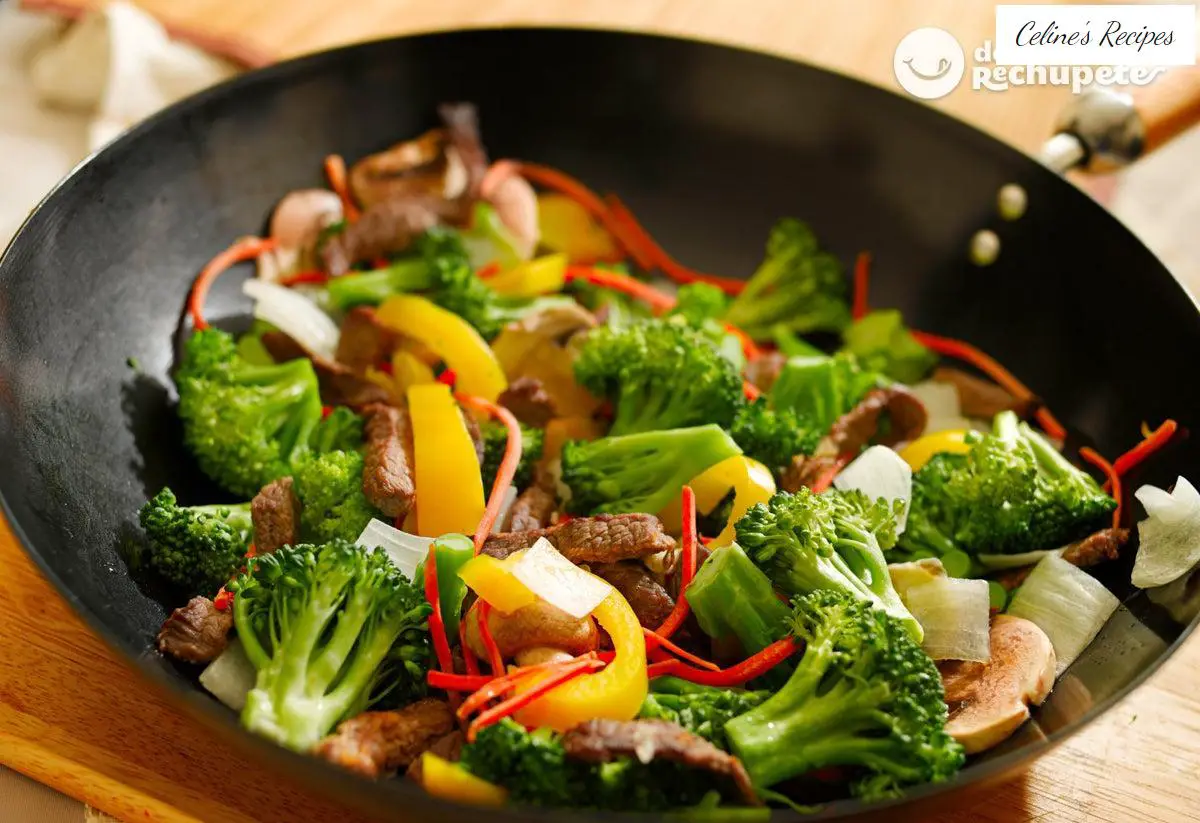
Saute
You take the pan and put a little oil. Enough to cover the bottom. In other words, more than grilling less than frying.
Garlic, very small chopped onion and small cut peppers will be your starting point for many dishes such as sauces and stews.
This technique will also be your ally to sauté vegetables that you have previously cooked or steamed.
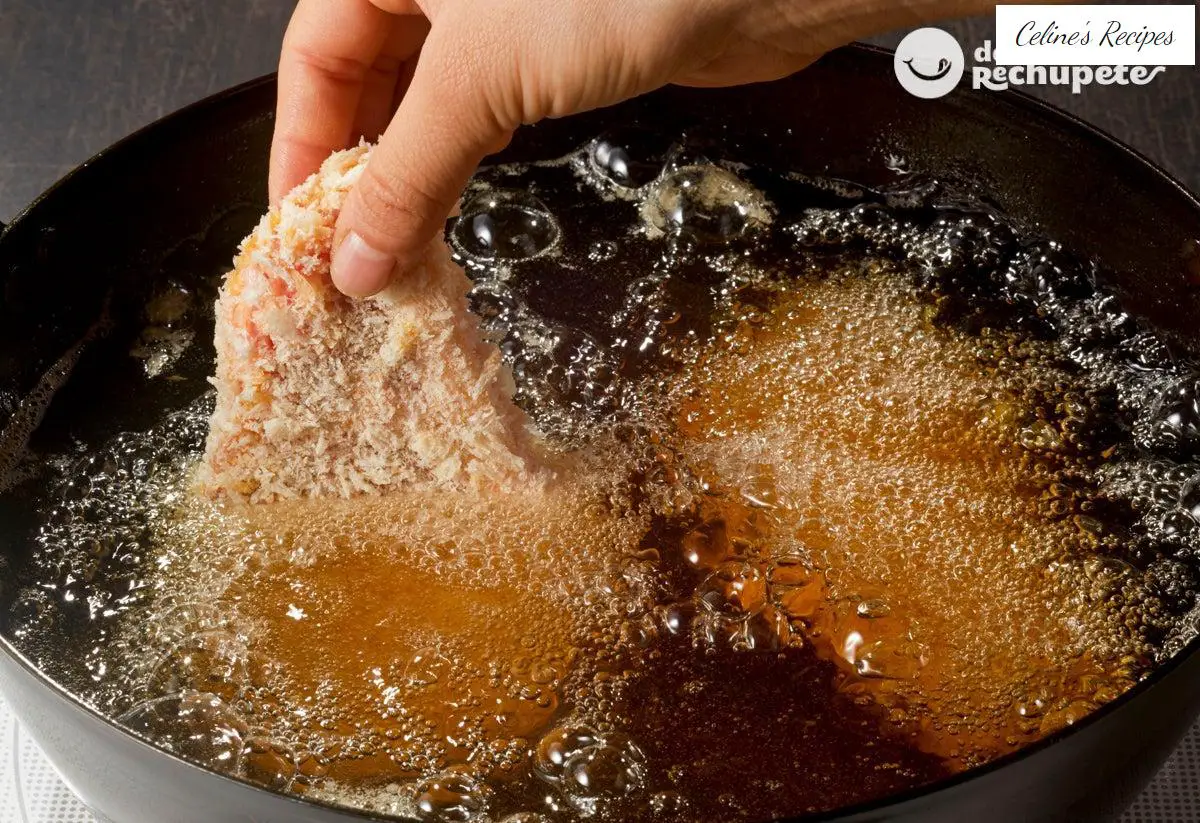
Fry
Put plenty of oil in the pan. At least 1-2 cm, some recipes like croquettes require considerably more oil. Wait until the oil is hot to pour your food. Take care that they do not contain much water, because it will start to jump and you could get burned.
And as in the grilled technique, rotate the food so that the cooking is even.
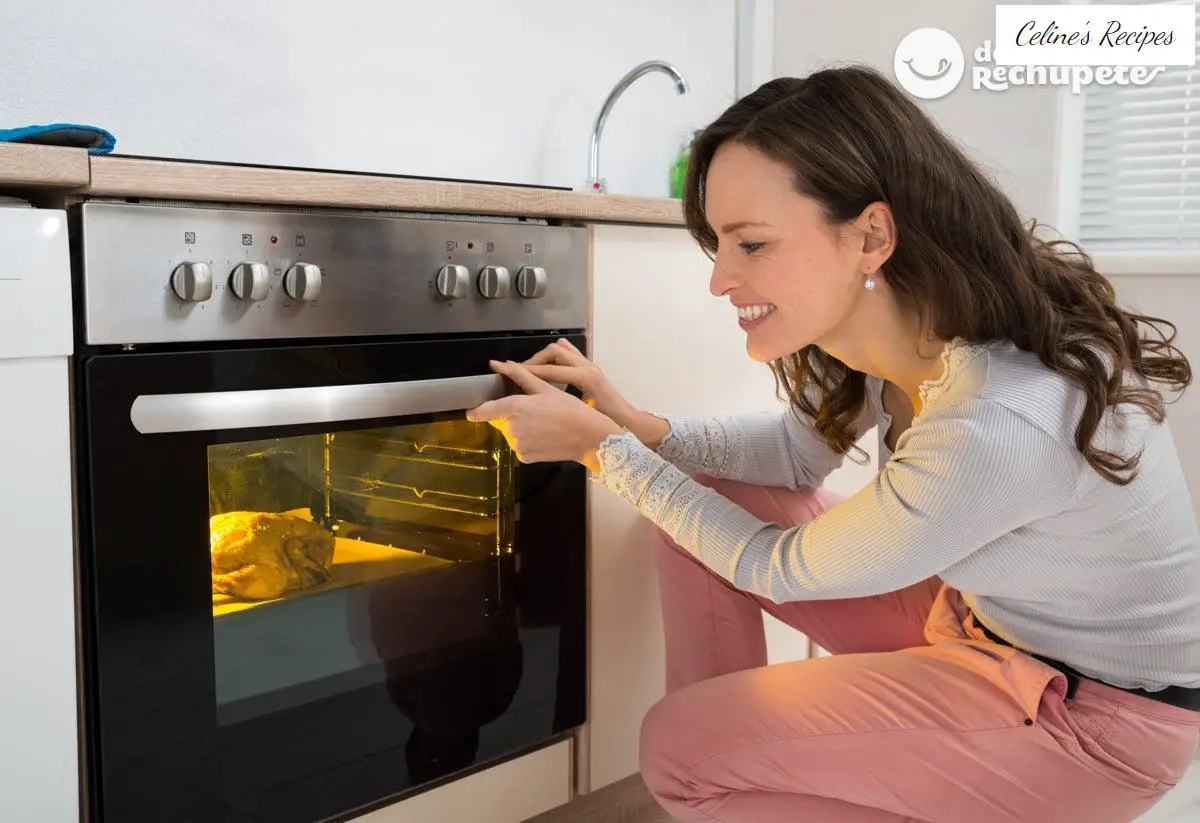
To bake
You turn on the oven and let it heat up to the desired temperature. Normally recipes tell you what temperature the oven needs to be to prepare exactly that food.
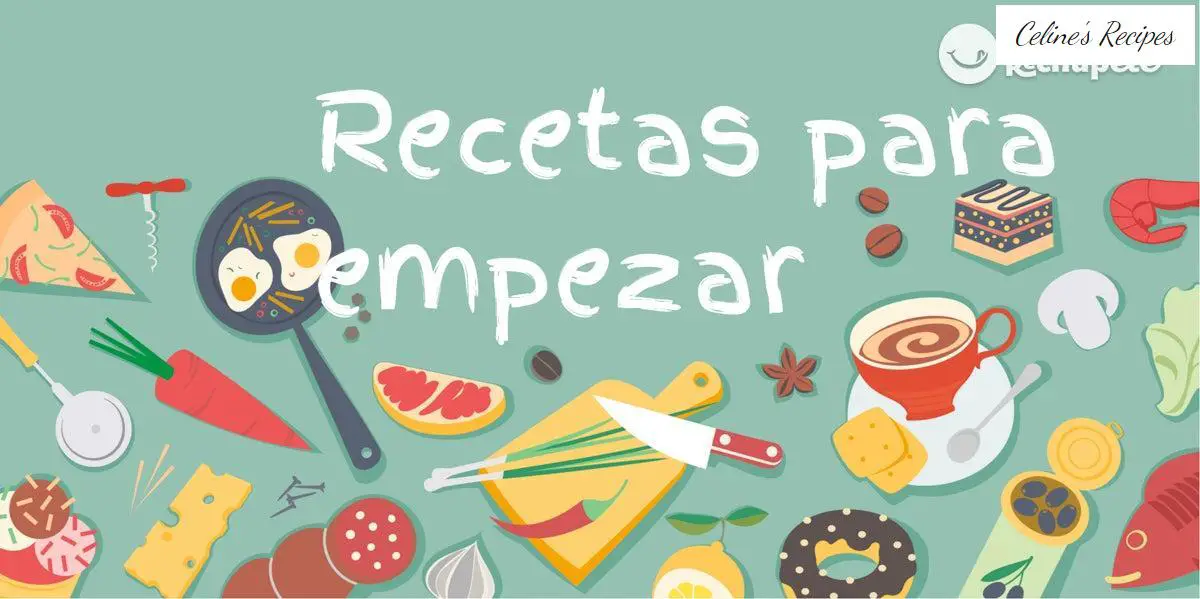
What to start cooking
- Some grilled steak with steamed or cooked potatoes or carrots, which you can then puree.
- Baked vegetables , meats or fish.
- Rice, pasta, couscous.
- Vegetable soups (boiling water and chopped vegetables until soft). If you strain them, you will have a vegetable broth that you can cook with some pasta. If you leave the vegetables inside, you can use a masher to crush them completely until you have a vegetable cream.
- Don’t forget to season. As a general rule everything is flavored while cooking except what you steam, which should be added salt and olive oil when you are serving it on the plate.
- Tomato sauce . The simplest way is to open a can of crushed tomatoes and season it until it is to your liking. You can use it with pasta or meat.
- You can also make it homemade . The simplest is to place some chopped garlic and small cut tomatoes, salt and a splash of olive oil. Low to medium heat. In less than 15 minutes the tomatoes will have removed all their liquid and will be fully cooked. The flavor is much fresher and lighter than canned sauces. You can use it for pasta, meats – like grilled or boiled chicken.
- You can also use it the next day on your breakfast toast. Of course, keep it in the refrigerator covered. This basic sauce will be your ally for lasagna or for pizzas.
- Take confidence and add a little fresh basil to aromatize it or oregano, which works wonders.
- Scrambled.
- The most complicated thing about the omelette is knowing how to turn it over. The omelette can also be tricky at first, but what you can’t resist are a few scrambled eggs.
- Any of the vegetables you have steamed or sautéed or baked, can be topped with an egg and a little cheese.
- Salads There is life beyond lettuce and tomato with vinegar and oil.
- Try with spinach leaves, cheeses, piquillo peppers, salt, pepper and a drizzle of extra virgin olive oil.
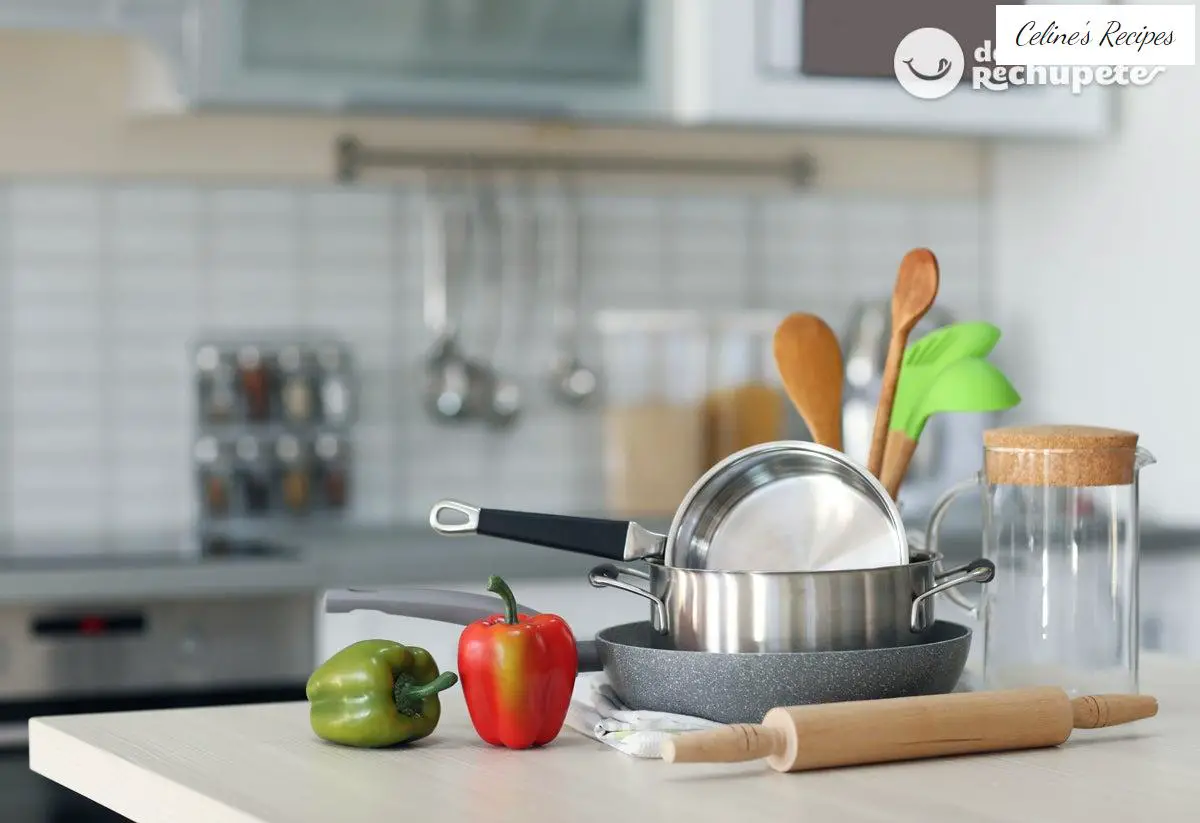
Tips and recommendations to start cooking
- Practice will be your ally, do not be discouraged if it does not come out the first time.
- With the same ingredients each person gets a different flavor. Just because your mother does well does not mean that you are traced.
- All of us have burned our food, we have eaten hard pasta and we have thrown away what was cooked for being “inedible” and we have had toast from frustration. Still, the difference is that we keep going.
- Start with very, very basic recipes. Then like clothes. Start with the basics of the kitchen and, when you feel more confident, you can include more complex preparations or with more laborious recipes.
- Savory dishes usually allow for the creation of own versions of the recipes you read here, for example.
- But the sweets (doughs, biscuits, breads and cookies) are works of balance between ingredients. Follow the instructions until you have mastered the technique.
- Take your time to learn without pressure. Try to incorporate a new dish for weeks to expand your skills and repeat one or more of the previous week.
- If you are alone or cooking for yourself or for two people, it is rare that you find individual recipes. So get a good supply of tupers to take to work or throw them when you don’t feel like cooking. The freezer will be your ally.
- Don’t worry about buying thousands and thousands of objects, pots and kitchen robots. The truth is that most are used very occasionally. With the basic kit that we mentioned at the beginning you will have a long journey and you will be able to incorporate different gadgets according to your desire and budget.
- When you make doughs, unless the recipe indicates otherwise, all the solids are mixed together and you incorporate all the liquid ingredients into them. It is easier for the elements to integrate better than if you do it the other way around.
Cleaning and hygiene, the most fundamental
- Before you start cooking, wash your hands thoroughly. After handling meats (especially raw chicken and pork) and fish, wash your hands. Not only for hygiene, but also for safety.
- You can’t hold a sharp knife with greasy or dirty hands, because you will most likely cut yourself.
- Do not allow raw meats to come in contact with food. Also, don’t store different meats in the same container, or use the same utensils if the meats have not yet been cooked.
- Cross contamination is serious. Make sure you clean surfaces, cutting boards and knives very well, always.
Did you like it? Share it!
Share Tweet Pin it To print
Receive a weekly email with new recipes and yummy recommendations.
Think of Pixels SL as the owner of Recetasderechupete.com, it will use the data you provide in this form only to send you blog updates. We treat your data with respect. For more information see the Privacy Policy . You can change your mind at any time and unsubscribe by clicking on the footer of any email you receive from this website, or by contacting [email protected]. Yummy recipes use Mailchimp as a platform for sending emails. Mailchimp is covered by the EU-US Privacy Shield agreement, approved by the European Data Protection Committee. By submitting this form you agree that your data will be transferred to MailChimp to process it in accordance with its Privacy Policy .
If you liked this article you will like:
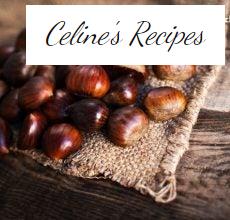
Chestnuts. Tips for buying and preparing them at home

Lose weight after Christmas
